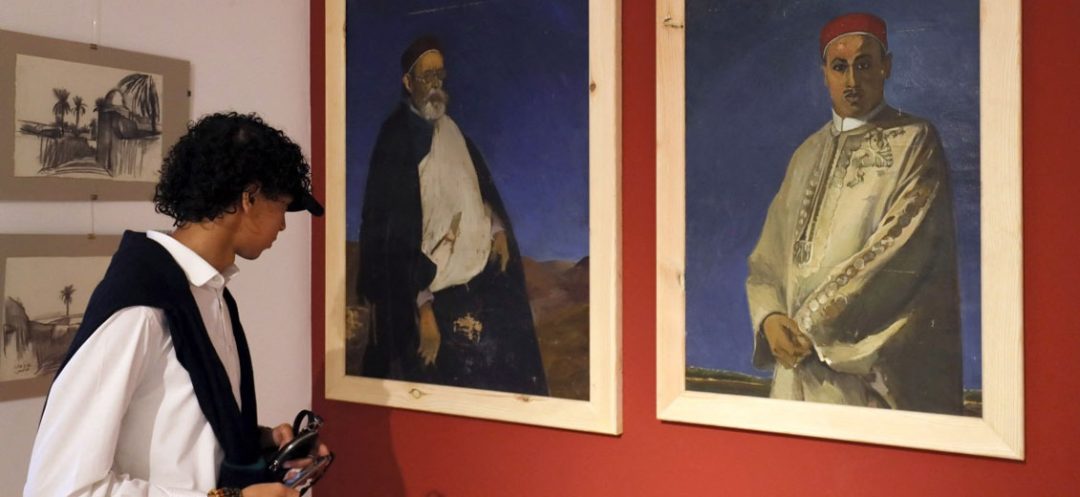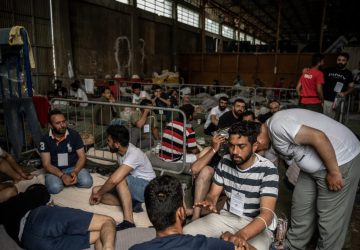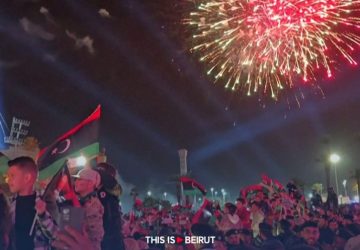Listen to the article
In a country where art and culture are often neglected, the descendants of renowned Libyan artist Ali Gana transformed their family home into the nation’s first modern art museum.
After a decade of determination and hard work, Hadia Gana, the youngest of Ali Gana’s four children, finally inaugurated the museum in the family’s villa on the western outskirts of Tripoli. The late artist, who passed away in 2006 at the age of 70, built the house himself. With the help of volunteers and an unwavering resolve, Hadia transformed this classically styled villa into a museum while preserving the intimacy of her family, who reside in another wing.
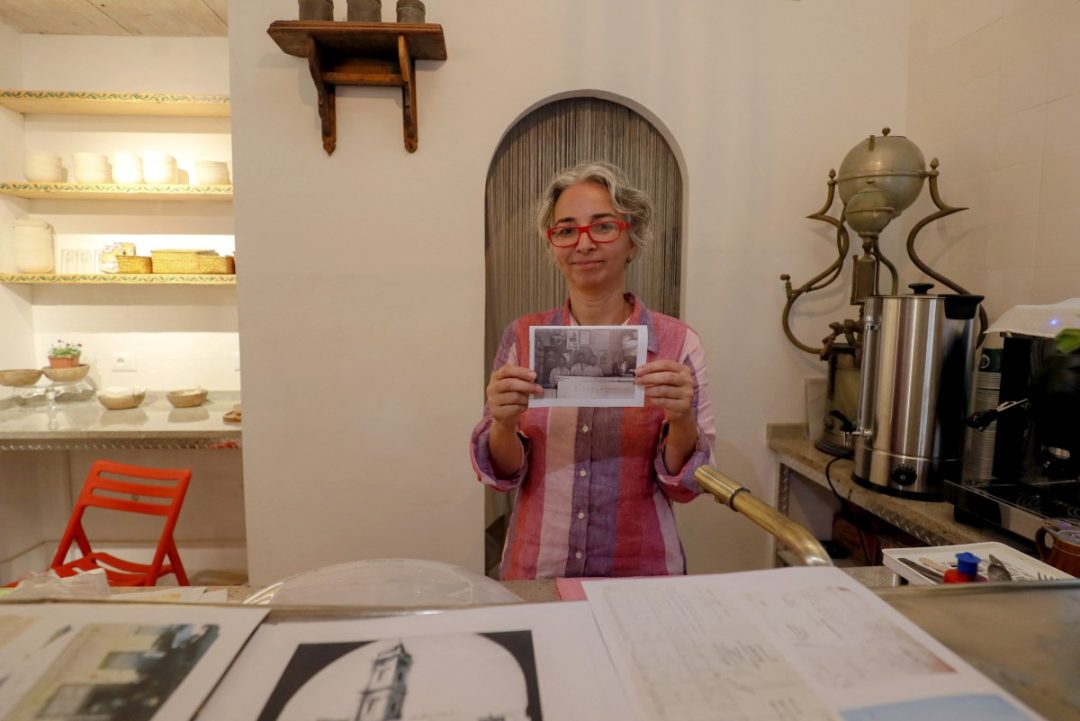
Bayt Ali Gana (House of Ali Gana) is a place filled with memories and hope in a Libya constantly teetering on the brink of war and peace. According to Hadia, it is “the first and only museum of (modern) art in Libya.” While galleries exist, they focus primarily on selling artwork without engaging in an exclusively artistic approach.
In a country plagued by divisions and violence between rival factions since the fall of dictator Muammar Gaddafi in 2011, “art comes last, it is perceived as something superfluous,” Hadia explains. Under Gaddafi’s dictatorship, artists practiced self-censorship to avoid being targeted. “We didn’t express ourselves on politics,” recalls Hadia, herself a ceramic artist.
The museum features a “permanent exhibition” of paintings, sculptures and sketches by the master, who trained in Italy. Other spaces will host temporary exhibitions, seminars and themed workshops. An old container perched on a perimeter wall has been converted to house an “artist’s residence” and also accommodate “curators and museologists,” rare skills in Libya.
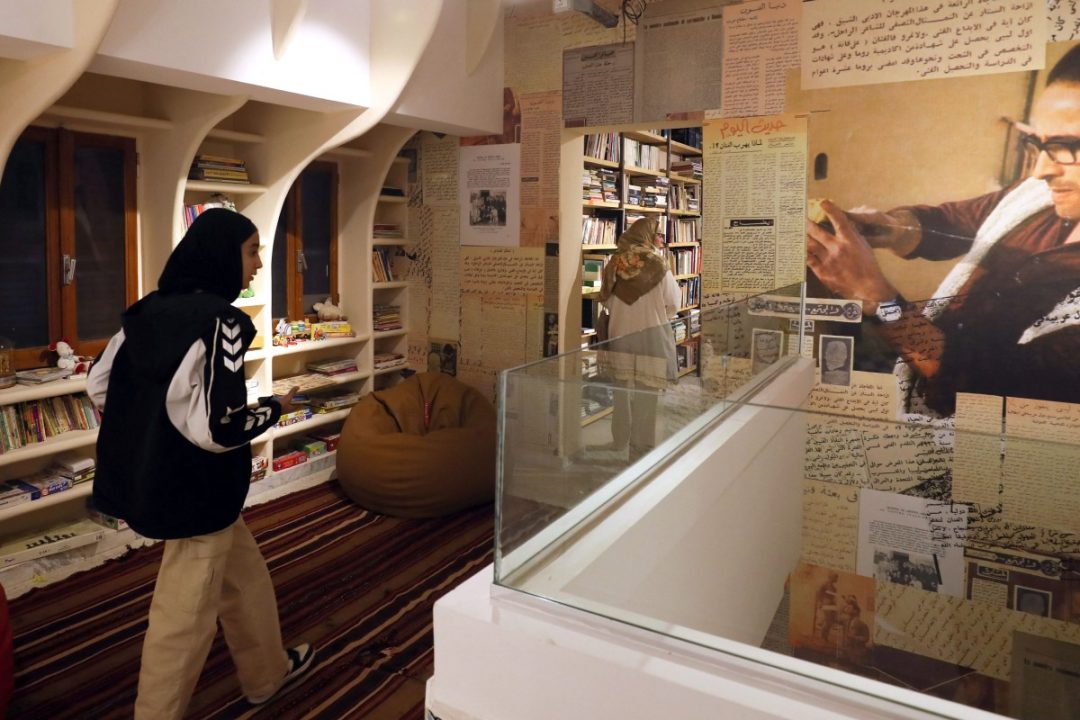
In a corner of the garden, visitors can enjoy a cool drink or an espresso in a replica of Café Saïd, which was run by Gana’s grandfather in Tripoli’s medina. Despite the museum’s timeless appearance, there are reminders of the decade of unrest that followed Gaddafi’s overthrow: a bullet-riddled road sign hangs on the gate separating the museum from the private area, and at the base of a plant, mortar shells are turned upside down to resemble metal flowers.
During the 2011 revolution, Hadia Gana, who remained alone, feared “losing everything if a rocket hit the house” and destroyed memories and archives, hence the idea of building a museum. The past decade has been a struggle for Hadia and her family, with sporadic fighting, water and electricity cuts, and forced isolation during the COVID-19 pandemic. She had to improvise as a carpenter, tiler, mason,and even plumber with limited funds, as the family preferred to forgo state aid or investors to maintain their independence.
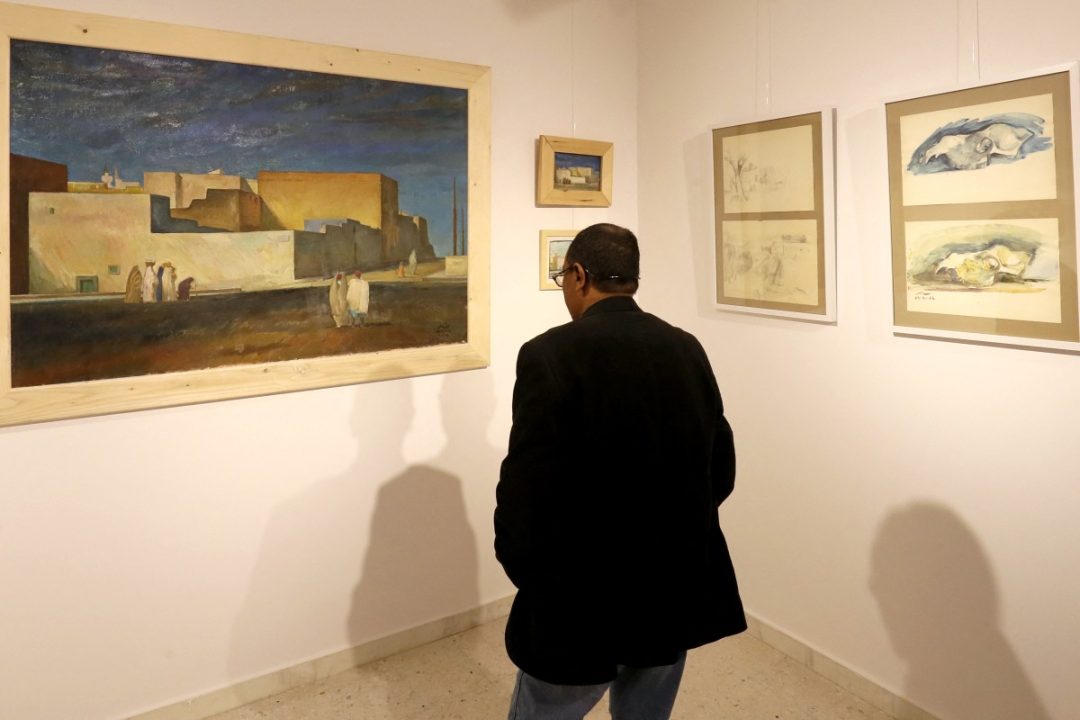
Gradually, the museum project evolved into a cultural center. Ali Gana’s vocation was “to teach and educate through art,” so the museum “is not a mausoleum,” Hadia explains, emphasizing that her father also devoted his life to documenting Libyan crafts and trades, some of which have disappeared. After Gaddafi’s coup in 1969, he banned the private sector, including businesses, shops and homes, and “for 40 years, craftsmanship became an illegal activity,” recounts Mehdi Gana, the master’s eldest son, who lives in the Netherlands. The artist then embarked on a race against time to “constitute archives in order to link Libya’s past to a possible future,” notes Mehdi.
Sharing knowledge is “in the nature of the house,” emphasizes Janine Rabiau-Gana, 84, a Norman who taught at the French school in Tripoli and donated the family library to the museum. While elsewhere in the world, a museum is by definition a place of education, “here in Libya, we do not yet have this notion,” adds Hadia, who is happy to have “avoided making it a museum where everything would be frozen.”
“I wanted something alive, almost playful, and above all a place that arouses curiosity in all its beauty,” she concludes. The Bayt Ali Gana museum stands as a beacon of hope and creativity in a country where art and culture struggle to find their place.
With AFP

